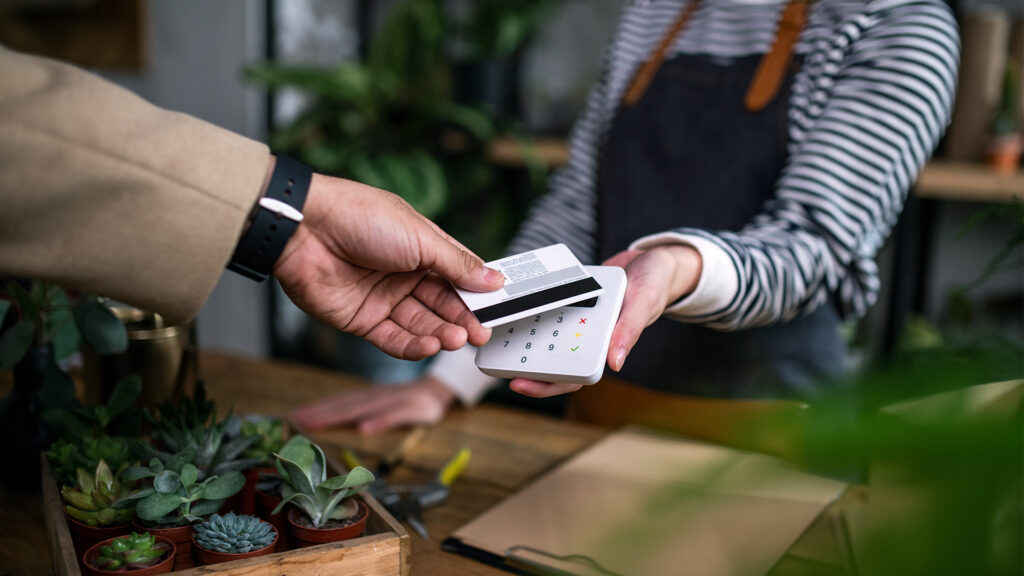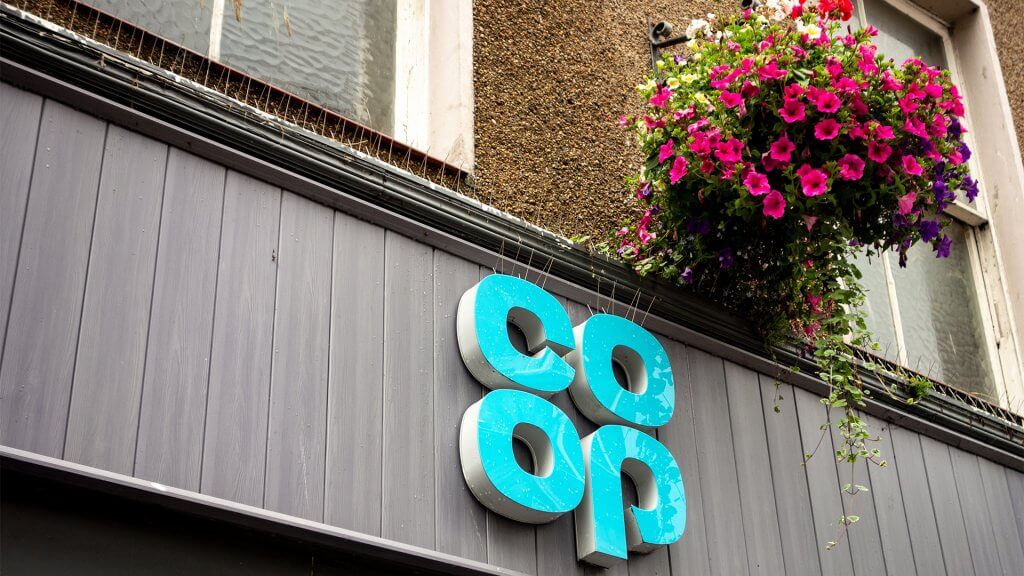The payment industry is dynamic and ever-changing. Because of this, the ways that people pay today won’t necessarily be the methods of tomorrow. But how exactly will we make payments in the future?
Of course, that’s a difficult question to answer with certainty. Yet, thanks to research commissioned by open banking specialists EML Payments Limited, we have a better idea than ever.
750 payment decision makers participated in a survey that asked them questions regarding payment methods. 25% of respondents predicted that open banking will be the dominant payment method within the next 5 years.
So, what exactly is open banking? And what other payment methods could become widespread in the future? We’ll explore these questions below.
What is open banking?
Open banking allows consumers to access their banking account data through third-party financial service providers.
Open banking offers many benefits to consumers. To name a few, reduced fraud risk, consolidated reporting and improved access to financial products and services.
35% of the survey respondents said that open banking payments have seen an uptake in the last two years, indicating a growing appreciation of the benefits that paying in this way offers.
It’s not just the UK that has seen a rise in open banking platforms either, with EML Payments announcing their expansion further into Europe with new countries including, Austria, Czech Republic, Estonia, Finland, Romania, Slovenia and Sweden. These countries now mean that EML Payments now reaches 28 countries and 2,250 banks across Europe. Another indication that open banking could be a popular payment source for businesses across Europe and the world.
Despite this, almost half of respondents said that they haven’t yet fully realised the potential of open banking within their organisation and the same proportion stated that their customers were distrustful of this new payment method at first.
Which other payment methods could become popular?
Open banking isn’t the only payment method that has risen in popularity over the last couple of years. Almost two-fifths of respondents reported that digital wallets have risen in popularity.
Sometimes also referred to as an “e-wallet”, digital wallets are systems that store users’ payment details and passwords, making it simple and easy for people to make purchases both online and in person. In many cases, digital wallets are linked to mobile payment systems that allow users to make payments using their smartphones.
Transactions made using “Buy Now, Pay Later” (BNPL) have also risen in popularity according to the survey. This form of short-term financing allows consumers to break down a single purchase into smaller amounts spread across a period of time, usually in months.
This finding is corroborated by research conducted by Citizens Advice, in which they found that roughly a tenth of Brits relied on BNPL to buy gifts for Christmas 2021.
So, which payment method will be most dominant in the next 5 years? It’s hard to say for sure. But we can safely say that the future’s payments will be significantly different than they are now, offering consumers more options than ever in how they purchase goods and services.

























